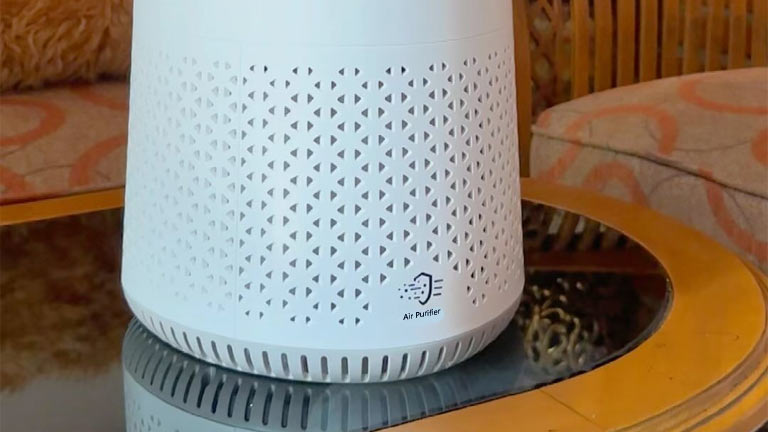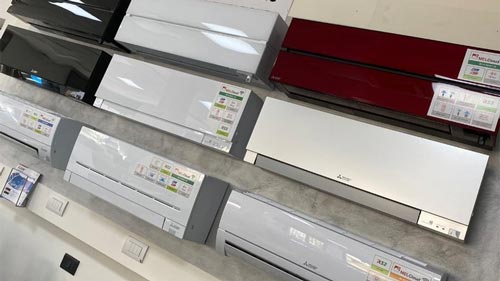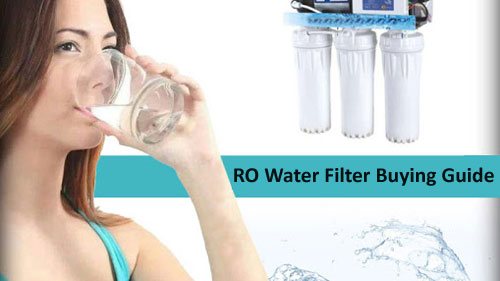 There are a number of cheap whole house filters on the market that appeal to consumers on price. Problem is that they don’t deliver effectiveness. If you are buying home water purification systems by cleanairpurewater.com to actually remove contaminants and provide you with healthy water then you need a downflow backwashing filter. Let me explain.
There are a number of cheap whole house filters on the market that appeal to consumers on price. Problem is that they don’t deliver effectiveness. If you are buying home water purification systems by cleanairpurewater.com to actually remove contaminants and provide you with healthy water then you need a downflow backwashing filter. Let me explain.
People typically buy home water purification systems to remove chlorine from their water. In many cities, chlorine has been combined with ammonia to produce chloramine. This has a more distinct odor and typically results in dry skin from the shower. In some cases, chloramine has been known to cause eczema. But the point I wish to make here is that most people are dealing only with aesthetics, the taste and odor of the water due to the addition of chemicals by the city.
Home water purification systems are quite effective at achieving this goal. Removal of chlorine or chloramine makes the water feel more natural, like bathing under a waterfall. Chloramine is more difficult to remove than chlorine and requires a different type of carbon. Removal of either chemical depends on what is called contact time. That means that the amount of carbon you need or the size of the filter depends on how much water you intend to use at any one time. Contact time is the time the water is in contact with the carbon, thus allowing removal.
There are other contaminants in the water that are actually far more dangerous to your health than either chlorine or chloramine. These are the carcinogenic byproducts of chlorination. There are two groups of compounds of particular concern. Known as the trihalomethanes and haloacetic acids these form when chlorine or chloramine interact with organic material in the water. I have written elsewhere about their toxicity. Suffice it to say that if you are interested in your health you’ll want to remove them from drinking water and the shower. These compounds are much more difficult to remove than either chlorine or chloramine and thus require even more contact time.
This brings us back to the notion of removing contaminants. Probably the majority of filters sold in the United States are up-flow filters. These are the cheap home water purification systems you see advertised and often on sale. They are less expensive because they don’t have a valve to manage the backwash. So they are simpler devices, but much less effective. Their appeal is that they are cheap.
In an up-flow filter, the water enters the device and a tube carries it to the bottom of the canister. The water then flows up through the carbon media. The carbon is lifted when the water moves through at a high flow rate. Or the water meanders through the stationary carbon at lower flow rates. Because there is not backwash to aggressively reshuffle the media upflow filters often form channels through the carbon. Just like when you lay a hose on the ground in the yard the water flows in one pattern and stays that way until you move the hose. In an upflow system the water will find the path of least resistance and continue to flow in that channel. This means there is less contact between the water and the carbon.
With the water in contact with the same pieces of carbon, all the time removal is less effective. As discussed above contact time is critical to removal. Chlorine may be removed in an upflow system, particularly those that also employ KDF media. But chloramine, the trihalomethanes, and haloacetic acids will likely not be removed entirely. Basically what you get is water that will smell better but still be dangerous to your health.
At higher flow rates the water may lift the entire carbon bed. In this situation, it is possible for some water to pass through the entire filter without ever touching any carbon. Thus contaminants will remain in the water.
With a backwashing downflow home, water purification system the water enters the carbon through the top of the carbon bed moving downward. The carbon chips are adjacent to one another and water cannot avoid touching the carbon. Contact time is increased, along with effectiveness. Once the water reaches the bottom of the carbon stack it flows back up through a tube and out to the house.
During the weekly backwash, the entire carbon bed is picked up and reshuffled. This places new carbon pieces in touch with the water entering the filter. The water is always exposed to new carbon extending the longevity of the effectiveness. A greater variety and portion of contaminants are removed. These filters also last longer since the valve is enabling you to use the entire capacity of the carbon.
Upflow filters are generally small and contain less carbon than the typical downflow filters. Some companies use KDF media to rid the water of chlorine and then ½ cubic foot of carbon for aesthetic purposes. A family of four would typically use a 2 cu ft downflow filter. This means there is 2 cu ft of carbon, four times as much. Having more carbon results in more contact time and thus greater removal of contaminants. The addition of KDF in this case plays a role in removing a handful of heavy metals.
When buying home water purification systems you have to decide what your goal is. Are you looking for an aesthetic benefit or a health benefit? Does your water provider use chlorine or chloramine? Are you willing to pay more for a filter that lasts longer and does more for you?
If you think about the principles discussed in this article you can make an investment with genuine benefits. Most people buy the cheap upflow filter thinking they are protecting themselves when in fact they are not. Don’t be among the consumers who are persuaded by a sudden sale. Upflow filters aren’t worth the lower price.
Live long and stay healthy!




